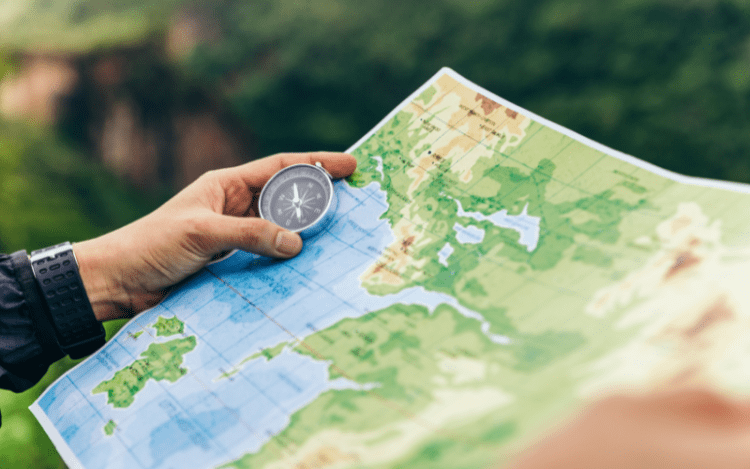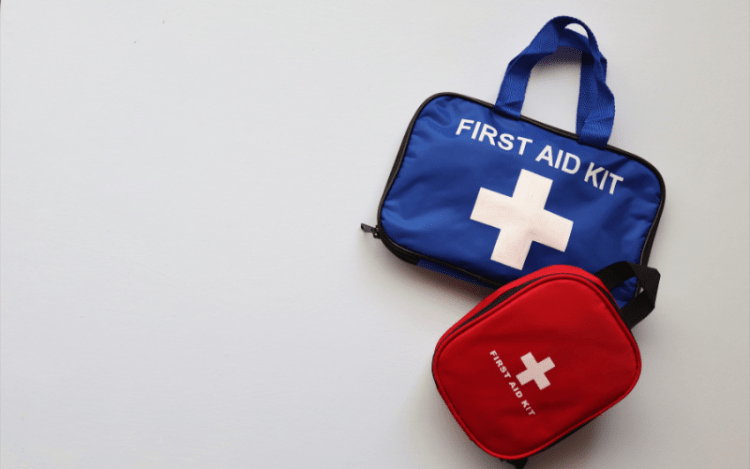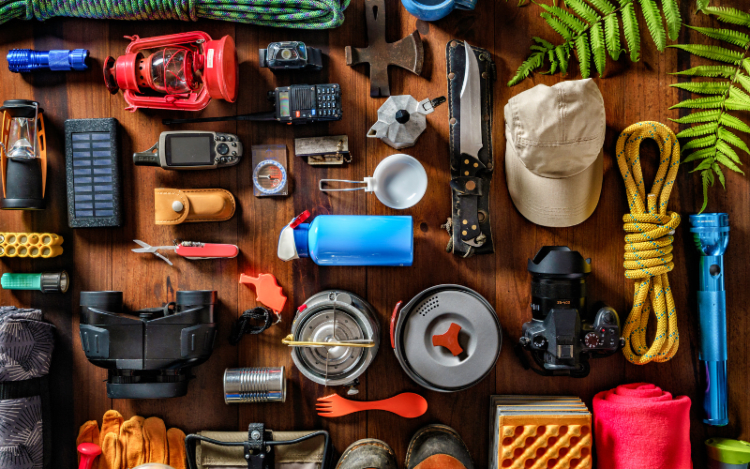One of those awesome activities that allows you to disconnect, enjoy the outdoors, and connect with nature is hiking. But let's face it, if you don't have the proper equipment, getting stuck in unreliable weather or on rocky trails can make a pleasant day into a complete nightmare. When you pack your daypack wisely, you'll be prepared for all weather conditions Mother Nature may provide, whether it's rain, sunshine, or a fierce wind. This guide will help you discover it when you need it most by explaining how to pack a daypack for any hiking circumstance in a straightforward and useful manner.
1. Start with the Basics: Water and Snacks

Image credit: Gentleman's Pursuits/Canva
You can’t hike worth a darn if you’re dehydrated or hangry. Water’s non-negotiable—aim for at least 1-2 liters, depending on how long you’re out. I usually toss in a reusable bottle or a hydration bladder (those CamelBak thingies) ‘cause they’re easy to sip on the go. Bring high-energy snacks like granola bars, trail mix, or a PB&J sandwich. Expert advice: include an additional snack. That extra bag of almonds once prevented my butt from going into severe hunger when I got stuck on a trail near Yosemite for longer than anticipated.
2. Layer Up: Clothing for All Weather
Weather’s a sneaky beast—it can flip from sunny to stormy in a hot minute. Pack a lightweight rain jacket or poncho, even if the forecast looks clear. A fleece or hoodie’s clutch for chilly mornings or high altitudes, too. I’d also stash a spare pair of socks—wet feet are the worst, trust me. If it’s blazing hot, a hat or bandana keeps the sun off your face. The key? Layers you can peel off or pile on as needed.
3. Navigation Tools: Don’t Get Lost

Image credit: Gentleman's Pursuits/Canva
Getting lost ain’t cute. Even if you’re glued to your phone’s GPS, pack a physical map and a compass as backup—phones die, signals drop. I learned this the hard way when my battery tanked halfway up a ridge, and I had to eyeball my way back with a crumpled trail map. If you’re fancy, a little handheld GPS gadget works too. Just make sure you know how to use it before you hit the trail.
4. First Aid Kit: Small but Mighty

Image credit: Gentleman's Pursuits/Canva
Scrapes, blisters, or a twisted ankle can happen to anyone. A basic first aid kit’s a must—bandages, antiseptic wipes, painkillers, and some blister pads. Keep it compact so it doesn’t hog space. I once sliced my hand on a jagged rock, and that tiny kit was a lifesaver ‘til I got back to the car.
5. Sun and Bug Protection: Stay Comfy
Sunscreen and bug spray are your BFFs. Slather on some SPF (at least 30) and pack a small tube for reapplying—nobody wants a sunburn ruining their hike. Bugs can be relentless, especially near water, so a little DEET or natural repellent keeps the biters at bay. Sunglasses are a bonus if it’s bright out.
6. Emergency Gear: Better Safe Than Sorry

Image credit: Gentleman's Pursuits/Canva
Tuck in a few just-in-case items. A headlamp or flashlight (with extra batteries) is clutch if you’re out past sunset. A multi-tool or pocketknife can fix gear or cut snacks. I’d also throw in a lightweight emergency blanket—those shiny ones that fold up tiny. They weigh nothing but can keep you warm if you’re stuck waiting for help.
7. Trash Bag: Leave No Trace
Hiking’s all about keeping nature pristine. Pack a small trash bag or even a Ziploc to haul out wrappers, peels, or whatever. Don’t be that jerk who litters—bring it in, take it out.
8. Personal Stuff: Tailor It to You
Got meds? Asthma inhaler? Toss ‘em in. If you’re hiking somewhere sketchy, maybe add a whistle to signal for help. I always chuck in my beat-up old journal and a pencil—random, I know, but jotting down thoughts at the summit feels dope.
Bonus Tips for Packing Like a Pro
- Keep it light: Don’t overpack—your back will thank you. Stick to essentials and ditch the “what if” junk.
- Organize it: Use pouches or baggies so you’re not digging for stuff mid-hike.
- Check the forecast: Tweak your pack based on what’s coming—more water for heat, extra layers for cold.
Packing a daypack for any hiking conditions isn’t rocket science—it’s just about being ready for the wild’s curveballs. Whether you’re dodging raindrops or sweating under the sun, a solid setup keeps you comfy and safe. So grab your pack, hit the trail, and enjoy the heck outta your adventure. Happy hiking!





